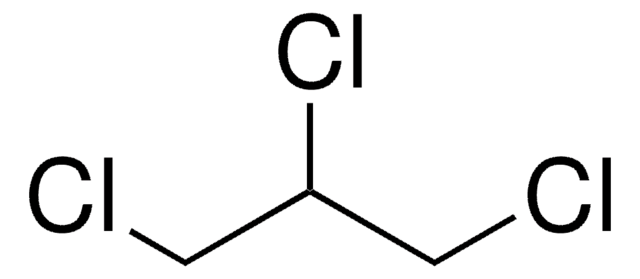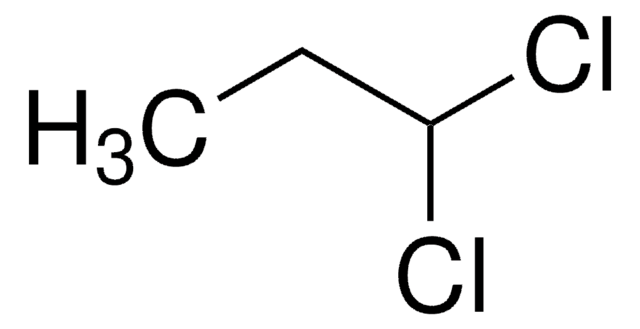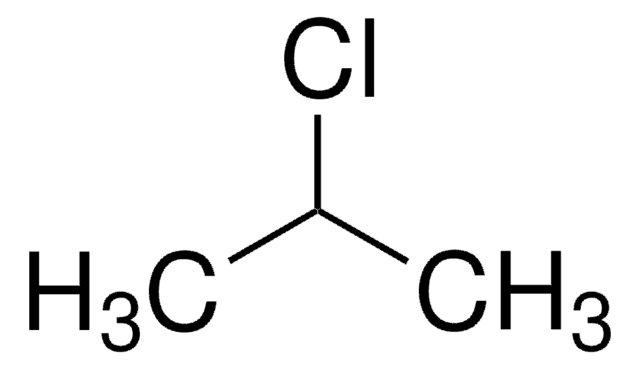47793
trans-1,3-Dichloropropene
analytical standard
About This Item
Produits recommandés
Qualité
analytical standard
Niveau de qualité
CofA (certificat d'analyse)
current certificate can be downloaded
Conditionnement
ampule of 100 mg
Technique(s)
HPLC: suitable
gas chromatography (GC): suitable
Application(s)
environmental
Format
neat
Température de stockage
-10 to -25°C
Chaîne SMILES
[H]\C(Cl)=C(\[H])CCl
InChI
1S/C3H4Cl2/c4-2-1-3-5/h1-2H,3H2/b2-1+
Clé InChI
UOORRWUZONOOLO-OWOJBTEDSA-N
Vous recherchez des produits similaires ? Visite Guide de comparaison des produits
Application
Mention d'avertissement
Danger
Mentions de danger
Conseils de prudence
Classification des risques
Acute Tox. 3 Dermal - Acute Tox. 3 Oral - Acute Tox. 4 Inhalation - Aquatic Acute 1 - Aquatic Chronic 1 - Asp. Tox. 1 - Carc. 2 - Eye Irrit. 2 - Flam. Liq. 3 - Skin Irrit. 2 - Skin Sens. 1 - STOT SE 3
Organes cibles
Respiratory system
Code de la classe de stockage
3 - Flammable liquids
Classe de danger pour l'eau (WGK)
WGK 3
Point d'éclair (°F)
80.6 °F - closed cup
Point d'éclair (°C)
27 °C - closed cup
Équipement de protection individuelle
Eyeshields, Faceshields, Gloves, type ABEK (EN14387) respirator filter
Faites votre choix parmi les versions les plus récentes :
Déjà en possession de ce produit ?
Retrouvez la documentation relative aux produits que vous avez récemment achetés dans la Bibliothèque de documents.
Protocoles
US EPA Method TO-17: GC Analysis of Volatiles on VOCOL® after Collection/Desorption using Air Toxics Tube
US EPA Method 8260: GC Analysis of Volatiles on SPB®-624 after Purge & Trap using "K" Trap, Fast GC Analysis
Notre équipe de scientifiques dispose d'une expérience dans tous les secteurs de la recherche, notamment en sciences de la vie, science des matériaux, synthèse chimique, chromatographie, analyse et dans de nombreux autres domaines..
Contacter notre Service technique












